You first need to understand the lingo Apple uses to describe a typeface:
Helvetica is a familyHelvetica Bold, Helvetica Italic, Helvetica Bold Italic, Helvetica Display etc. are facesHelvetica Bold, 12pt is a font
What you want is to replace the font family of an attributed string.
Swift 4
// Enumerate through all the font ranges
newAttributedString.enumerateAttribute(.font, in: NSMakeRange(0, newAttributedString.length), options: []) { value, range, stop in
guard let currentFont = value as? UIFont else {
return
}
// An NSFontDescriptor describes the attributes of a font: family name,
// face name, point size, etc. Here we describe the replacement font as
// coming from the "Hoefler Text" family
let fontDescriptor = currentFont.fontDescriptor.addingAttributes([.family: "Hoefler Text"])
// Ask the OS for an actual font that most closely matches the description above
if let newFontDescriptor = fontDescriptor.matchingFontDescriptors(withMandatoryKeys: [.family]).first {
let newFont = UIFont(descriptor: newFontDescriptor, size: currentFont.pointSize)
newAttributedString.addAttributes([.font: newFont], range: range)
}
}
label.attributedText = newAttributedString
Swift 3
let newAttributedString = NSMutableAttributedString(attributedString: label.attributedText)
// Enumerate through all the font ranges
newAttributedString.enumerateAttribute(NSFontAttributeName, in: NSMakeRange(0, newAttributedString.length), options: []) { value, range, stop in
guard let currentFont = value as? UIFont else {
return
}
// An NSFontDescriptor describes the attributes of a font: family name,
// face name, point size, etc. Here we describe the replacement font as
// coming from the "Hoefler Text" family
let fontDescriptor = currentFont.fontDescriptor.addingAttributes([UIFontDescriptorFamilyAttribute: "Hoefler Text"])
// Ask the OS for an actual font that most closely matches the description above
if let newFontDescriptor = fontDescriptor.matchingFontDescriptors(withMandatoryKeys: [UIFontDescriptorFamilyAttribute]).first {
let newFont = UIFont(descriptor: newFontDescriptor, size: currentFont.pointSize)
newAttributedString.addAttributes([NSFontAttributeName: newFont], range: range)
}
}
label.attributedText = newAttributedString
Original (San Francisco):

Replacement (Hoefler Text):


